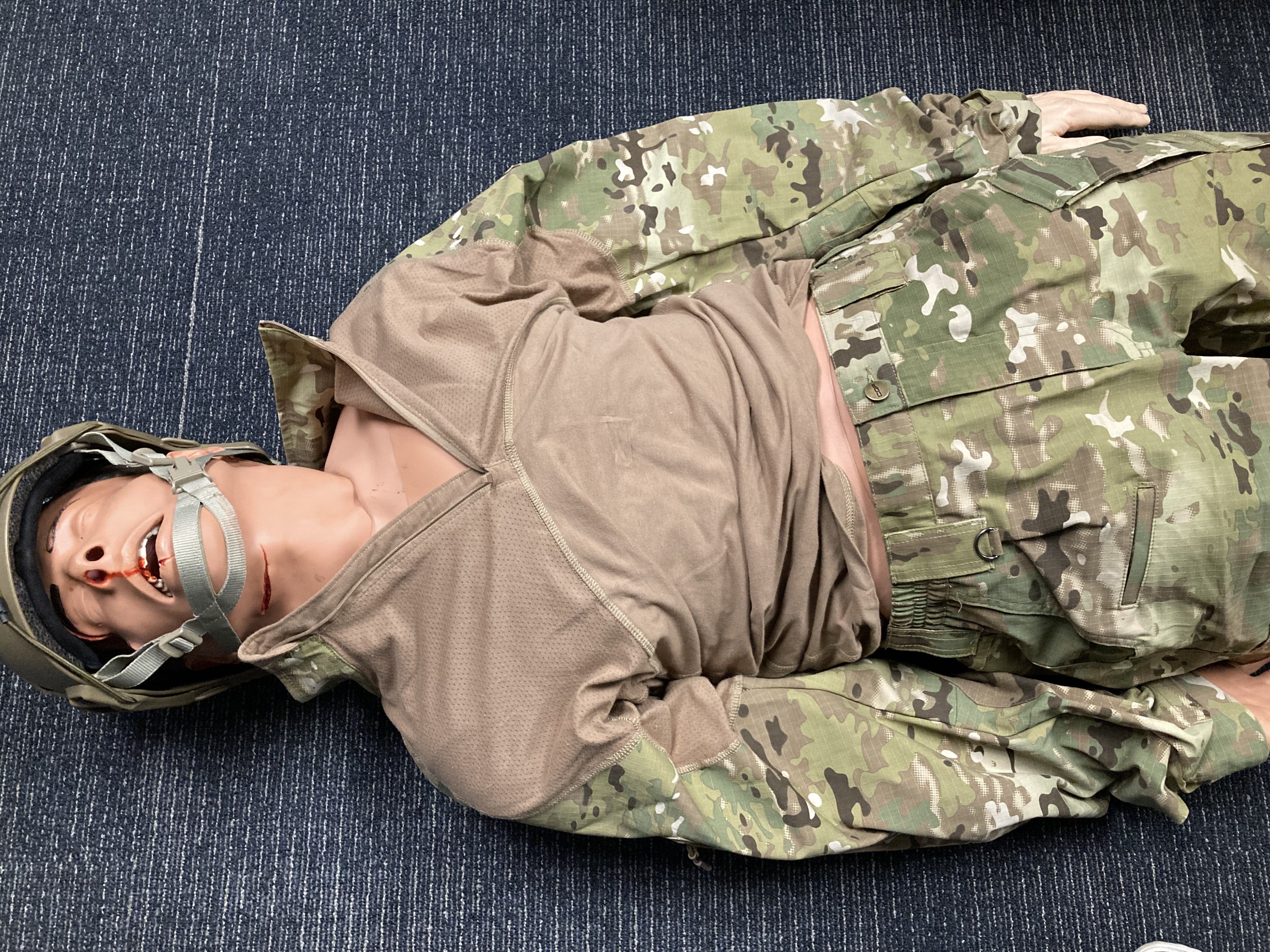The Human Factors Safety Laboratory (HFSL) has experience in investigating safety outcomes and human factors in health care research, particularly focused on combat medicine, emergency medicine, and resuscitation. The laboratory possesses patient simulators and also collaborates with other research centers and agencies that specialize in medical simulation.

The experimental methods typically employed by the research team usually require participants to perform an intervention on the patient simulator and include live scoring of performance, review of video from cameras recording the intervention, review and scoring of video from a helmet-mounted camera or nearby camera, post-treatment interviews, and surveys. The research team has also performed ethnographic research (e.g., observational) of medical services to record inefficiencies and errors.
HFSL's location in the Twin Cities in Minnesota, with its thriving medical industry, provides significant access to both research partners as well as a large research pool. The former includes colleagues at UMN, such as the Center for Resuscitation Medicine, M Simulation, and Earl E. Bakken Medical Devices Center. The research pool includes emergency medical technicians, army medics, soldiers who have received combat lifesavers training, and others.
Trauma Patient Simulator
The Human Factors Safety Lab has a Laerdal "Ultimate Hurt" patient simulator, which provides a realistic representation of a full-body casualty in need of immediate treatment. The simulator is configurable, allowing for the presentation of multiple wound types on the torso, arm, foot, and head. These configurations allow for the assessment of different trauma scenarios in terms of performance and training for emergency medicine and combat medicine.
